Why You Should Use a Backup Collar When Training with a Prong Collar
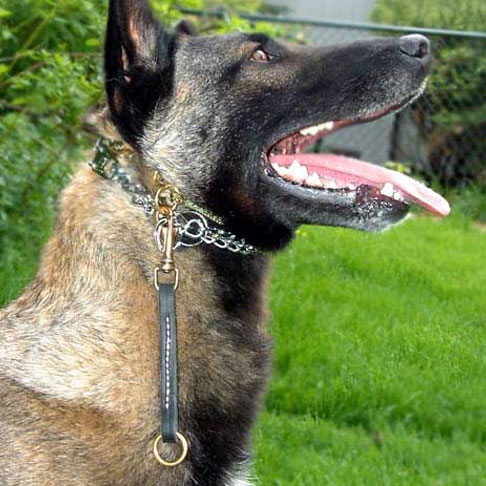
If you don't already know it, prong collars may accidentally come apart during training.
It's not uncommon for the prong to come apart in the middle of training. Your dog can be off-leash in an area with a lot of distractions.
Trainers use prong collars for several reasons but if the prong comes apart and there is no backup collar, the dog is suddenly and unexpectedly off-leash. If the handler doesn't have a reliable recall, there is a problem.
Years ago, another one of our friends had a dog get loose when the prong collar came apart, that dog ran out into traffic and was killed instantly. A backup collar would have prevented this tragedy.
I am also aware of a situation where a prong came apart on a reactive, dog aggressive dog. That dog then killed a small poodle that was tied in the owner's yard (right in front of the poodle's owner). The owner of the poodle was bitten and the ensuing lawsuit cost the reactive dog's owner $50,000 in legal fees.
Leerburg has a Prong Collar Leash you can use to attach your prong collar and backup collar.
If a dog handler is using one of our Leerburg Dominant Dog Collars as a backup collar, it's important to size the dominant dog collar correctly. When using a dominant dog collar as a backup we recommend oversizing it by 3-4 inches. The reason is simple: when the handler gives a leash correction on the prong he wants that correction to come from the prong collar, not the slip collar. If the dominant dog collar is too short, the correction will come from that and not the prong collar.
For trainers who intend to wean off of a prong collar, I always recommend having two dominant dog collars on the dog. One should be used as a backup with a prong and one should be used as a normal training collar (which fits snug up under the jaw and right behind the ears—there should only be 1 inch of slack).
I hope this helps save a few dogs.





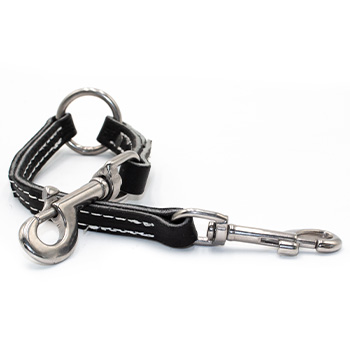
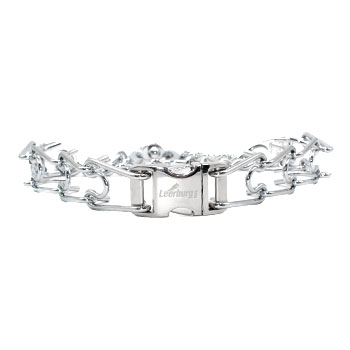
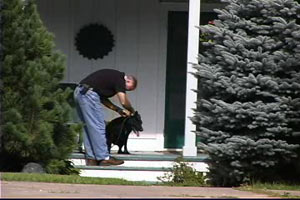


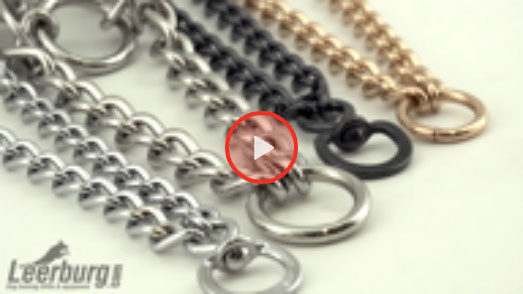
Ask Cindy.